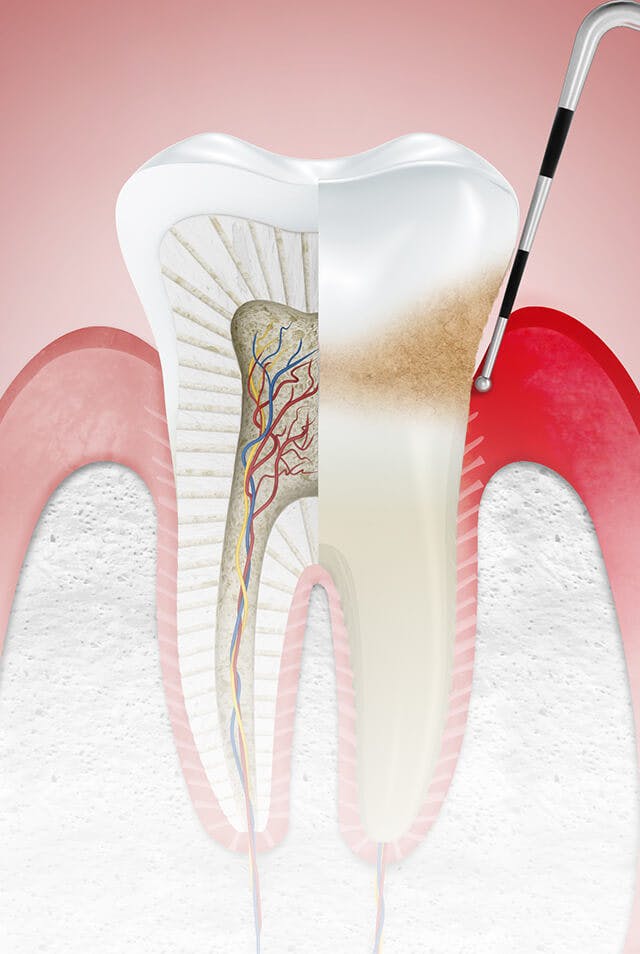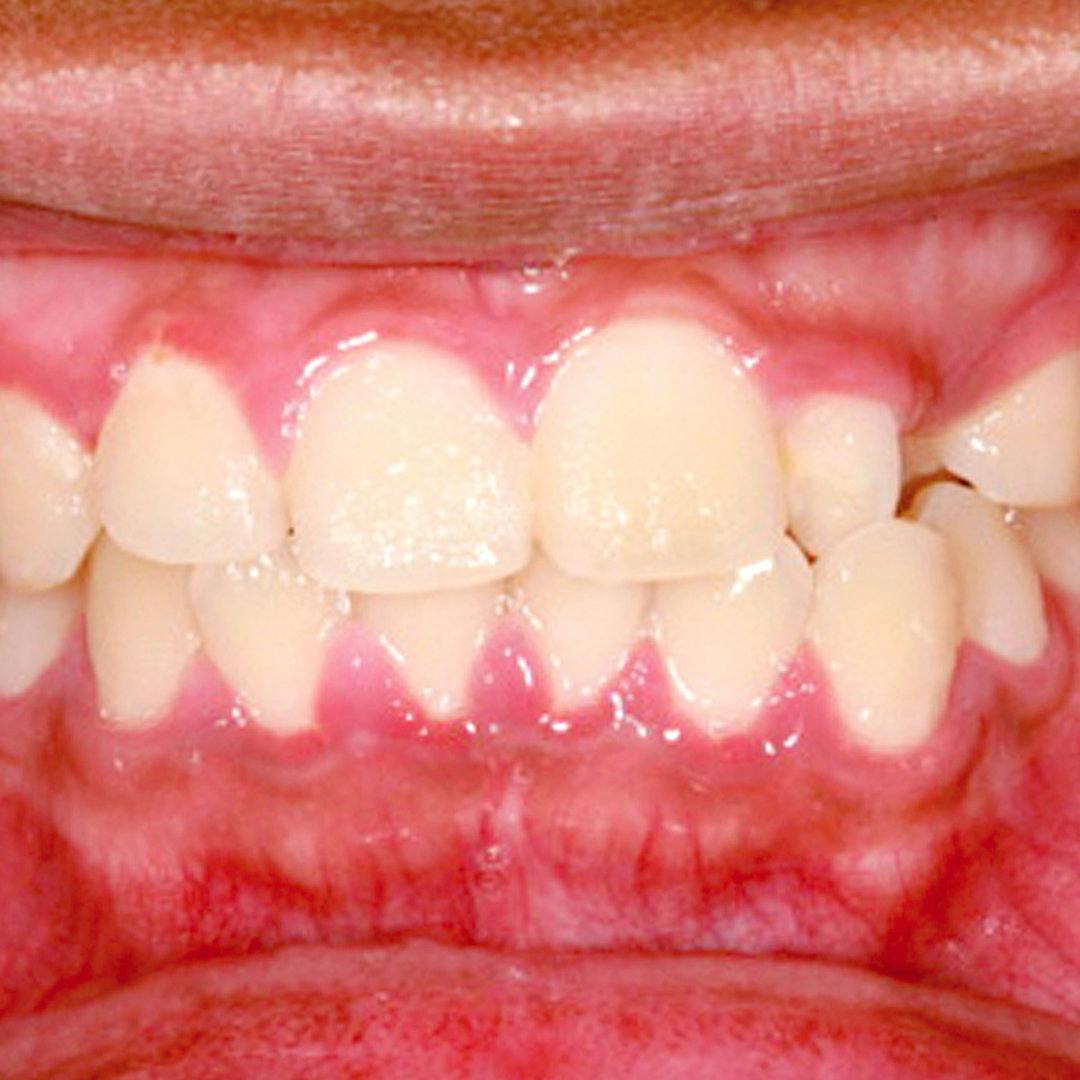Select location:
MY


Stages of Gum Disease
What is gingivitis?
Gingivitis is the medical term for inflammation of the gingivae (gums). It is a mild form of gum disease and tends to result in redness, swelling and bleeding of the gum tissue, particularly when you brush or floss your teeth, or bite into something hard like an apple.
Gingivitis is treatable, so it is important to speak to your dentist and understand your symptoms before it develops into other problems.

What causes gingivitis?
The common cause of gingivitis is the build-up of plaque, a layer of bacteria that continuously develops around, on and in between your teeth, principally in hard to reach areas. This bacteria irritates the gum and can lead to it becoming inflamed.
In addition, small spaces or ‘pockets’ develop between your gums and teeth. Left untreated, these pockets can get deeper and develop into more serious problems like sensitive teeth or periodontitis.
The gums of smokers are also more susceptible to infection as smoking and the use of tobacco reduce the flow of blood and nutrients to the gum tissues.
Gingivitis Treatment
Acted upon quickly, gingivitis can be easily treated by your dentist. This is why it’s important to visit your dentist or hygienist regularly as they may spot problems with your gums before you exhibit any gingivitis symptoms.
However, you can also take action every day to reduce your risk of gingivitis by maintaining good oral health. This includes brushing your teeth, twice daily, with a toothpaste such as parodontax Daily Fluoride Toothpaste. It helps stop and prevent bleeding gums*, and is effective at removing the build-up of plaque bacteria along the gum line (the area where the gum meets the tooth), helping to keep gums healthy and teeth strong.
*By aiding plaque removal. Consult your dentist for more information about gum problems


